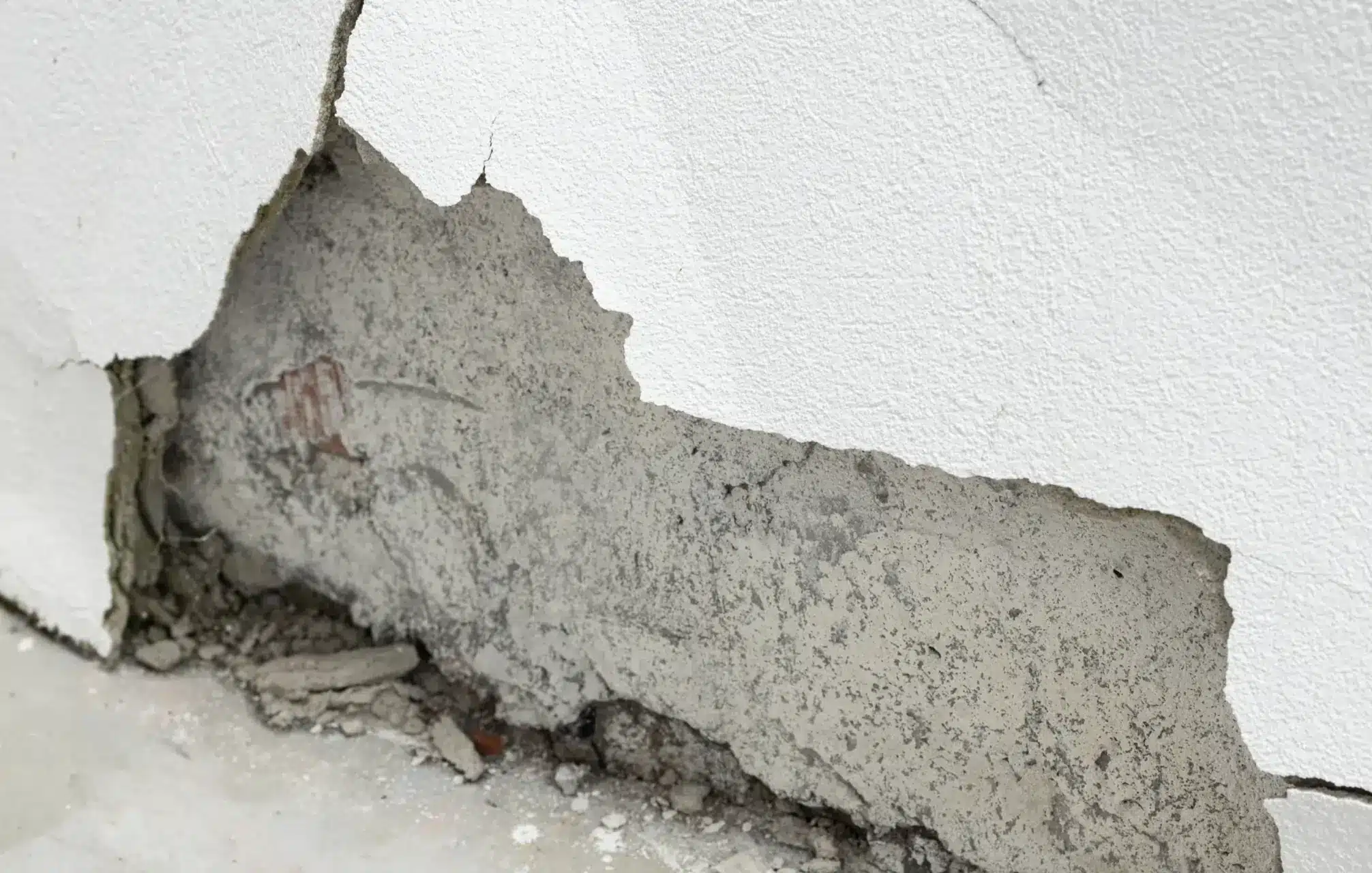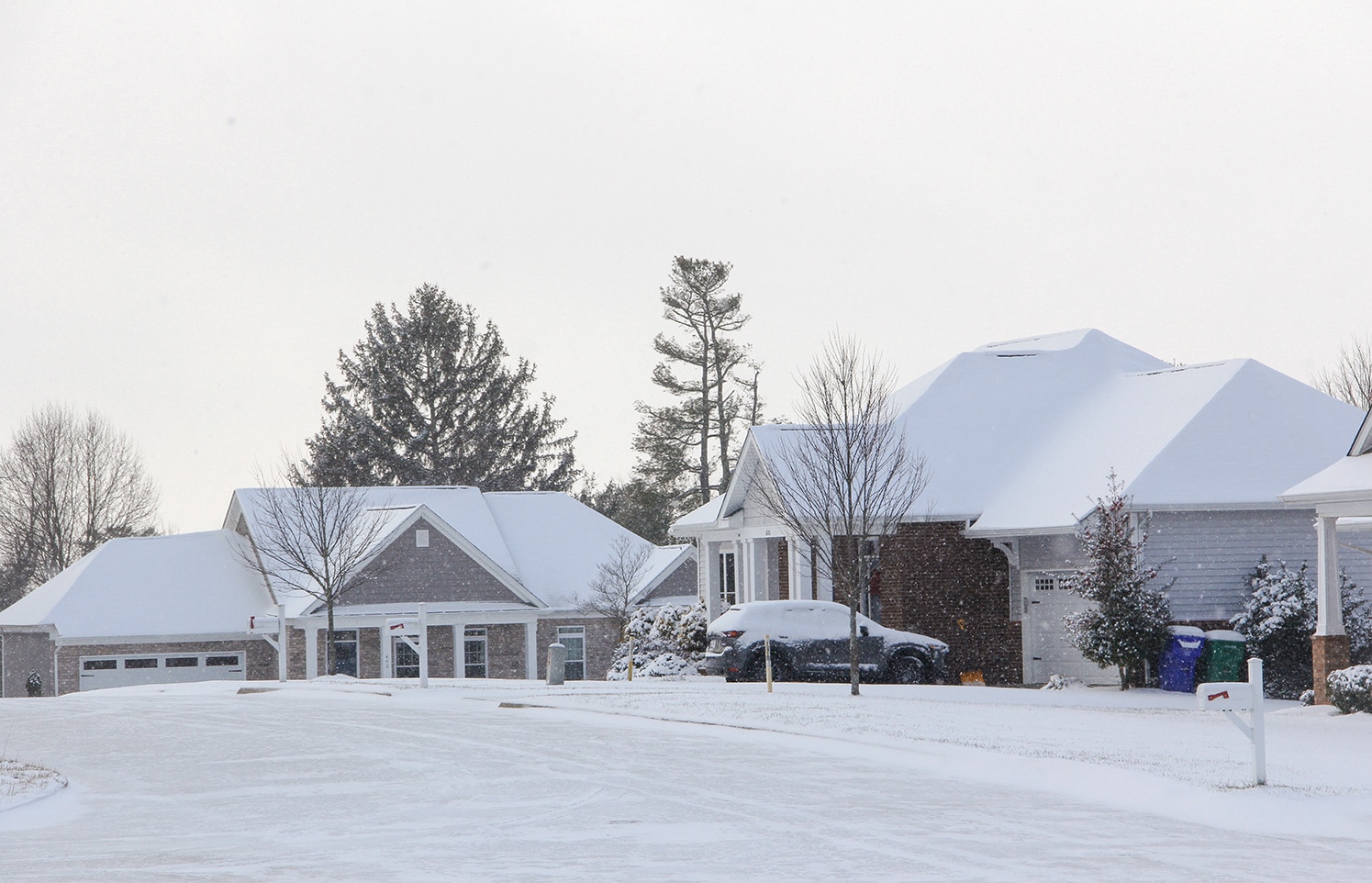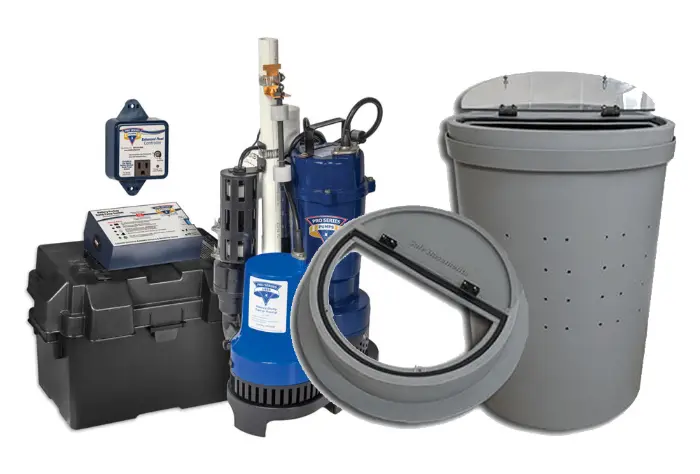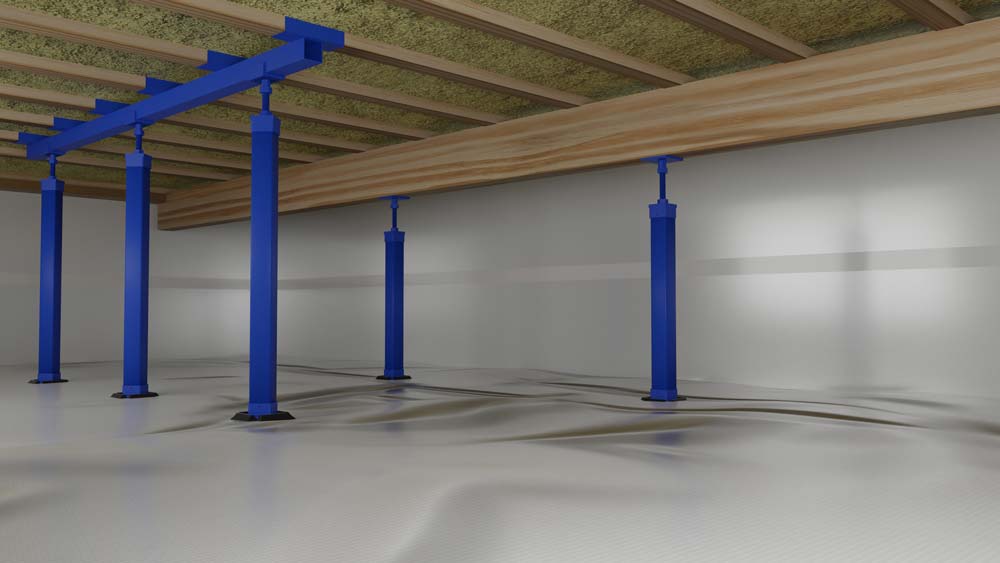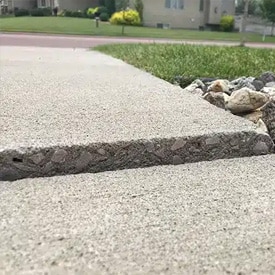
Concrete surfaces are porous and easily trap moisture and dirt providing the right conditions for mold spores to settle. Although the concrete is not a food for mold, the dirt and dust that accumulates is. This blog covers how mold grows on concrete, signs of mold growth, its causes, and effective ways to prevent it. Understanding these factors helps you protect your concrete surfaces and maintain a healthier living environment.
What is Mold?
Mold, a type of fungus, develops in damp, humid environments. When moisture accumulates in basements or crawl spaces, mold begins to thrive. The most common sources that mold feeds on indoors are wood, paper, carpet, food, and insulation.
Mold reproduces by releasing small spores into the air, which can lead to some of these common health risks:
- Sneezing
- Runny nose
- Red eyes
- Skin rashes
- Dizziness
- Headaches
- Asthma attacks
Children, older adults, and those with respiratory illnesses are more likely to experience these symptoms.
Can Mold Grow on Concrete?
Yes. Concrete is porous, meaning it traps moisture. When dust or dirt accumulates on concrete surfaces, it provides food for mold to grow. Mold on concrete sometimes looks like dirt or water stains. But here’s how you can identify mold growing on your concrete surfaces:
- Color: The mold will appear black, green, white, or brownish.
- Texture: The mold will look fuzzy, slimy, or powdery.
- Odor: The mold will emit an earthy or musty smell.
Signs of Mold Growth on Concrete
If you suspect that you have mold in your home, here are some warning signs to look out for:
1. Musty Smells
Moisture and mold often cause musty or even foul odors in basements. If you notice new, unpleasant smells, it’s probably a sign that mold is developing.
2. Surface Texture Changes
Mold causes the surface of the concrete to feel slimy or sticky to the touch. This change in texture, especially in damp conditions, is a warning sign of potential mold growth.
4. Damp or Wet Patches
Constantly damp areas on concrete surfaces, especially in basements or foundations, are prime spots for mold growth. If you notice recurring moisture, it’s a sign that mold might already be present or could develop soon.
5. Allergy or Asthma Flare-Ups
If you notice increased respiratory problems, sneezing, or skin irritation, especially when you are in the basement, it may be a sign of mold growth.
Causes of Mold on Concrete
Let’s look into the major causes of mold growth in detail:
1. Temperature
Mold thrives in warm environments. If your basement is warm and humid, mold is more likely to grow.
2. Humidity
High humidity levels provide the moisture that mold needs to grow. When the air in your home or surrounding the concrete is damp, particularly in poorly ventilated spaces, condensation can form, leading to mold growth.
3. Poor Drainage or Waterproofing
Concrete surfaces that are exposed to water due to inadequate drainage or poor waterproofing are highly susceptible to mold growth. When water accumulates or seeps into cracks, it creates the damp environment needed for mold to thrive.
4. Organic materials
Although concrete is inorganic, organic materials such as dust, dirt, or leaves can accumulate on its surface. Mold feeds on these organic substances, allowing it to grow even on concrete.
How to Get Rid of Mold on Concrete?
If mold is already present inside your home, it’s important to get rid of it right away before it causes structural damage or health issues. Here are some effective solutions for mold growth:
1. Pressure Washing
Pressure washing is one of the most effective ways to remove mold from concrete surfaces. To avoid damaging the concrete, be sure to use the correct pressure setting.
2. Seal Off the Space
If mold is found indoors, it’s important to seal off the affected area to prevent spores from spreading to other parts of the home. Use plastic sheeting or other barriers to contain the mold while you work on removing it.
3. Contact Mold Remediation Experts
If extensive mold growth occurs or persists despite your efforts, contacting mold remediation specialists is the safest and most effective option. They have the necessary tools and expertise to thoroughly remove mold and ensure your home’s safety.
Preventing Mold Growth on Concrete
Once the mold has been removed, it’s important to prevent it from recurring. Here are some ways to keep your basement or crawl space dry and prevent mold growth long-term:
1. Keep Surfaces Dry
Always keep your basements, crawl space, and garage clean. Additionally, sweep or vacuum concrete surfaces to remove dirt or debris that could feed mold.
2. Improve Ventilation
Improving the ventilation in your basement or crawl space can help reduce condensation and humidity levels. This keeps the area dry and reduces the risk of mold growth.
3. Seal Concrete Surfaces
Sealing concrete surfaces can provide a protective barrier against moisture absorption. It’s also important to fill any cracks to prevent water from seeping through.
4. Control Moisture Levels
Keep moisture levels low in areas where mold is likely to grow. If there’s water damage, call a professional water damage restoration company to prevent mold growth and other damage.
5. Use Mold-Resistant Products
When applying sealants or paints to concrete, choose mold-resistant products designed to repel moisture and inhibit mold growth. These products create a solid protective barrier, making it harder for mold to thrive on the surface.
6. Install a Vapor Barrier
A vapor barrier is a crucial addition, especially in areas prone to moisture buildup, like your basement. Installing a vapor barrier prevents moisture from penetrating the concrete, significantly reducing the chances of mold forming. This is particularly useful for foundations and walls where dampness can easily accumulate.
Prevent Mold Growth
Mold growth on concrete surfaces can lead to costly structural damage and potential health risks if left untreated. By understanding the causes, identifying the warning signs, and taking timely preventative measures, you can protect your home and ensure a mold-free environment. If you need assistance with mold removal or prevention, contact American Eagle Professional Services, Inc. Schedule a consultation today!
Frequently Asked Questions (FAQs)
Under certain conditions, mold can grow on concrete in as little as 24 to 48 hours.
Yes. Too much exposure to mold spores results in allergic reactions, respiratory problems, and skin irritations.
Yes. Mold can grow back after it has been cleaned if the source of moisture that is causing mold growth has not been addressed.

